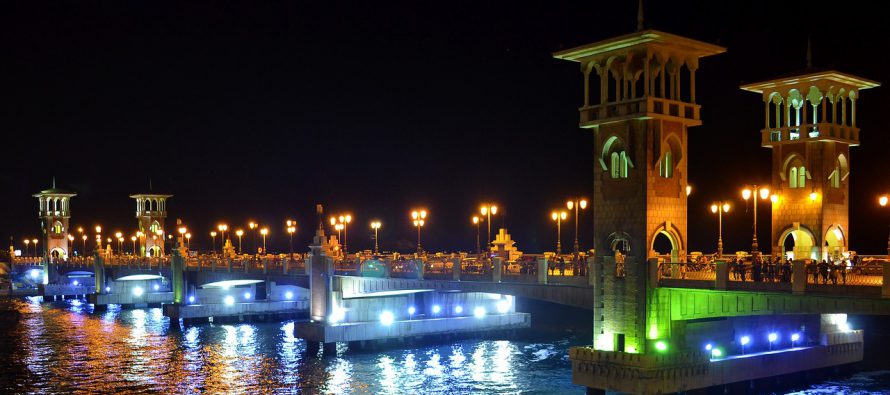Egypt, it’s a land that holds many ancient secrets yet to be uncovered, as local authorities recently found out.
During archaeological excavations in the ancient city of Alexandria, a black granite sarcophagus was discovered four-point-eight meters (16 feet) below ground.
Along with the sarcophagus an alabaster bust of a man was also discovered and is believed to be a replica of the man inside the stone coffin.
Both the sarcophagus and the bust are believed to be dated in the early Ptolemaic period, the Greek dynasty that ruled over Egypt after Alexander the Great’s death and lasted from 305 BCE to Cleopatra VII’s reign in 30 BCE where the nation was conquered by the Romans.
“We are hoping the sarcophagus may belong to one of the high dignitaries of the period,” said Ayman Ashmawy, head of ancient Egyptian artefacts at the Ministry of Antiquities, to The Guardian.
“When we open the sarcophagus we hope to find artefacts inside that will help us to identify this person and their position,” he said. “It’s risky to open and we need to prepare.”
In next few weeks engineers will visit the site determinate best approach to retrieving the sarcophagus and provide the equipment to do so, while mummification and restoration experts will be on hand to preserve the contents while it’s being exposed after spending 2000 years underground.
The discovery has archeologists excited due to how well preserved the sarcophagus is. The mysteries of ancient Egypt have always inspired grave robbers and black market dealers to raid tombs in order to find the next big score.
The fervour around the discovery of the sarcophagus and its contents is largely due to ideas held in the academic community, who until recently adhered to the excavator D. G. Hogarth’s way of thinking.
The Smithsonian Institute published an article called Alexandria Rising which details the resurgence and interest in the 2300 year-old city, which is now home to a population of five million.
Alexandria is no stranger to new and fascinating discoveries. After being lost and swallowed by the sea, the remains of the Pharos lighthouse built in the third century BCE were discovered in 1968 by a team of underwater archaeologists. It is now recognised as one of the seven wonders of the ancient world.
The city is no stranger to lost history, the most infamous occasion being the destruction of the Library of Alexandria, which is often described as a devastating loss of historical knowledge.
During its time, great minds, thinkers and philosophers walked the halls to learn and teach. It’s not certain when the library was destroyed.
With the surge in expeditions in and around the city of Alexandria and the re-discovery of the ancient city Thonis-Heracleion, which delighted archeologists in the early 2000s, no doubt there will be many more mysteries from the ancient world brought to light.


